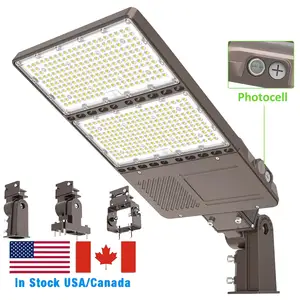
All categories
Featured selections
Trade Assurance
Buyer Central
Help Center
Get the app
Become a supplier














Bóng đèn LED có mặt ở khắp nơi và từ rất lâu đã phục vụ sinh hoạt cho tất cả hộ gia đình và trong sản xuất công nghiệp. Công nghệ đèn LED hình thành từ năm 1962 và hoạt động với nguyên lý của chất bán dẫn. Một bóng đèn LED cơ bản có một loại chip nhỏ mang chất bán dẫn, sử dụng công nghệ phát quang điện tử và phát sáng đều khi được kết nối với mạch điện.
Độ sáng của bóng đèn LED được tính bằng đơn vị lumen. Thông thường con số này là 80 - 300 lumen cho một bóng đèn LED cơ bản cho gia đình. Một điểm lưu ý là mỗi loại đèn LED sẽ tiêu thụ năng lượng điện khác nhau và được tính bằng Watt, nhưng để chọn độ sáng phù hợp của sản phẩm thì người dùng chỉ cần xem chỉ số lumen.
Bóng đèn LED tròn có vẻ bên ngoài tương tự như một bóng đèn sợi đốt. Tuy vậy, chúng có khả năng tiết kiệm điện đến 85% nhưng công suất luôn hiệu quả và thân bóng đèn tương đối mát. Bóng đèn LED tròn có thân nhôm, vỏ bóng đèn có lớp mica chống chói, và đĩa nhôm bảo vệ chip LED ở vị trí cố định và có thể chống sốc. Mức độ công suất và độ sáng lumen của bóng đèn LED vẫn an toàn cho thị giác của người dùng.
Ngoài ánh sáng màu trắng, vàng ấm và trung tính, bóng đèn LED còn có loại chip LED RGB. Loại này tỏa sáng các màu được ưa thích là màu đỏ, xanh da trời và xanh lá. Với đặc tính đổi màu này, bóng đèn LED trang trí trần nhà được sử dụng rộng rãi cho nhà cửa, doanh nghiệp và thiết kế sự kiện lễ hội. Chúng có thể đổi màu liên tục với công tắc điều khiển và chế độ thời gian tùy ý.
Với nhu cầu sử dụng độ sáng mạnh hơn, bóng đèn LED siêu sáng vừa có thiết kế gọn vừa có công suất cao từ 40W đến 200W. Cấu tạo của chúng chứa loại hợp kim nhôm chuyên dụng hơn và khả năng chống sốc, chống nước tốt. Bóng đèn LED 50W là một loại đèn LED siêu sáng điển hình với mẫu đa dạng từ đèn pha, ốp nổi đến ốp trần. Bóng đèn LED 50W vẫn tiết kiệm điện hiệu quả dù có công suất đủ lớn cho sân vận động, nhà kho, và công xưởng.
Bóng đèn LED xe máy và xe đạp có loại thường và loại siêu sáng với độ sáng từ 1500 đến 6500 lumen để phục vụ mọi nhu cầu. Các loại này cũng có ưu điểm tương đồng là chống nước và phát quang rất tốt khi người lái xe đi ban đêm trong thời tiết khắc nghiệt.